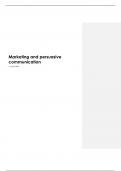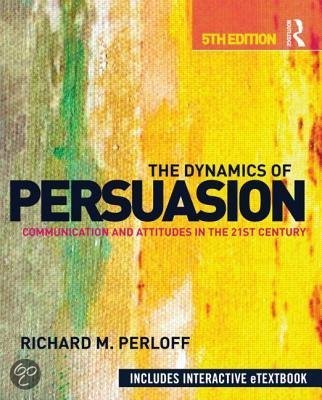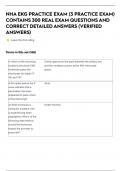Samenvatting
Summary MPC Tentamen Perloff en alle artikelen
- Instelling
- Vrije Universiteit Amsterdam (VU)
Ik dit document van 60 pagina's aan samenvattingen, worden alle elementen binnen de boekhoofdstukken van Perloff genoemd met daarnaast alle benodigde artikelen, die in de tentamenstof staat opgegeven. Succes met leren!
[Meer zien]






